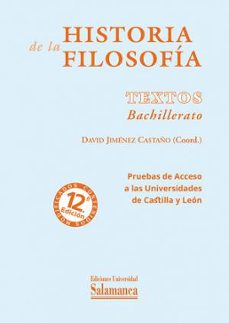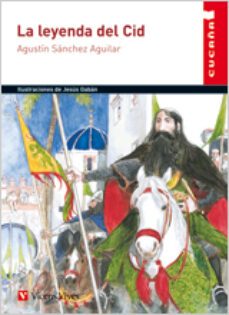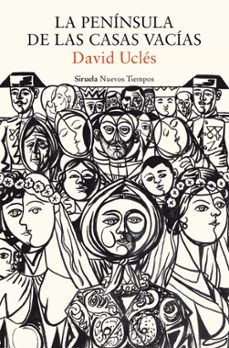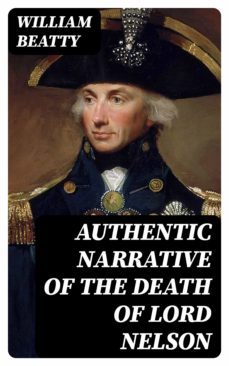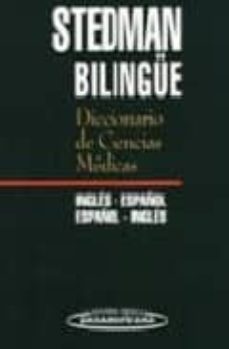Imprescindibles
Ficción
Literatura ContemporáneaEstudios literariosClásicosCuentosPoesíaTeatroLibros de bolsillo Sagas literarias
Géneros literarios Novela romántica y eróticaNovela negraNovela históricaNarrativa fantásticaNovela de ciencia ficciónNovela de terrorNarrativa de humorNarrativa de viajes
No Ficción
Ciencias y tecnología BiologíaCienciasCiencias naturalesDivulgación científicaInformáticaIngenieríaMatemáticasMedicinaSalud y dietas Formación Idiomas Estilo de vida Libros de CocinaGuías de viajeNarrativa de viajesDeportesLibros de JuegosManualidades
Humanidades Autoayuda y espiritualidadCiencias humanasDerechoEconomía y EmpresaPsicología y PedagogíaFilosofíaSociología Filología BiblioteconomíaEstudios filológicosEstudios lingüísticosEstudios literariosHistoria y crítica de la Literatura
Infantil
Juvenil
Cómic y Manga
Novela gráfica Novela gráfica americanaNovela gráfica europeaNovela gráfica de otros países Personajes, series y sagas Series y sagasStar Wars Superhéroes Cómics DCCómics MarvelCómics otros superhéroesCómics Valiant
eBooks
Literatura ContemporáneaNarrativa fantásticaNovela de ciencia ficciónNovela de terrorNovela históricaNovela negraNovela romántica y erótica Juvenil Más de 13 añosMás de 15 años Infantil eBooks infantiles
Humanidades Autoayuda y espiritualidadCiencias humanasEconomía y EmpresaPsicología y PedagogíaFilosofía Historia Historia de EspañaHistoria Universal Arte CineMúsicaHistoria del arte
Ciencia y tecnología Ciencias naturalesDivulgación científicaMedicinaSalud y dietas Filología Estudios lingüísticosEstudios literariosHistoria y crítica de la Literatura Estilo de vida CocinaGuías de viajeOcio y deportes
WILLIAM BEATTY
Recibe novedades de WILLIAM BEATTY directamente en tu email
Filtros
Del 1 al 4 de 4
DigiCat 8596547014690
In "Authentic Narrative of the Death of Lord Nelson," William Beatty offers a gripping and meticulously detailed account of one of Britains most celebrated naval heroes final moments. Written in a straightforward yet poignant literary style, Beattys narrative immerses readers in the tumultuous atmosphere of the Battle of Trafalgar, radiating the tension and tragedy of the event. Set against the backdrop of early 19th-century British naval warfare, the text underscores the themes of heroism, sacrifice, and national identity, while also reflecting contemporary attitudes towards war and valor. William Beatty, a ships surgeon who was present during Nelsons fateful encounter, rendered a unique perspective shaped by his medical and maritime experiences. His firsthand account not only chronicles the historical significance of the battle but also highlights the intimate human emotions surrounding death and loss. Beattys identity as a physician grants his narrative a nuanced dimension, enriching the portrayal of Nelsons last moments and illuminating the impact of leadership in times of crisis. Readers seeking a comprehensive understanding of Lord Nelsons legacy and the historical context of early 19th-century naval conflicts will find this narrative both enlightening and moving. Beattys work remains an essential contribution to naval history and literature, providing a profound insight into the interplay between personal sacrifice and national pride.
Ver más
eBook
Good Press 4057664643575
William Beattys "Authentic Narrative of the Death of Lord Nelson" is a poignant and meticulously detailed account capturing the moments surrounding the legendary British admirals death at the Battle of Trafalgar. Written in an evocative style that blends personal reflection with historical recounting, the narrative not only serves as a biography of Nelson but also offers insight into the tumultuous maritime milieu of the early 19th century. Beattys firsthand observations lend a unique immediacy to the text, positioning it within the literary context of naval literature while demonstrating a solemn homage to heroism and sacrifice. As a naval surgeon who was present during the event, Beatty possessed unparalleled access to the details of Nelsons final hours. His medical background informed his observations and lent a sense of authenticity to the narrative. Beattys personal connection to the world of naval warfare and his respect for Nelsons legacy inspired him to document these critical moments, ensuring that the sacrifice and humanity of one of Britains greatest heroes would not be forgotten. This gripping narrative is recommended for readers interested in maritime history, biography, and the complexities of heroism. Beattys account not only memorializes Nelsons storied life and death but also serves as a profound reflection on courage and leadership in the face of adversity.
Ver más
eBook
PANAMERICANA 9788479033354
Decía el prefacio a la edición en español del Diccionario Stedman de Ciencias Médicas: 'Estábamos en deuda con los lectores de habla hispana, que reclamaban desde hace tiempo la versión en español de esta monumental obra...'. Cumplida tan difícil misión, Editorial Médica Panamericana emprendió el desafío de un proyecto sin precedentes: transformar este clásico en un diccionario bilingüe. Se llenaba así un importante vacío en el mercado, ofreciendo no sólo la fuente más completa en inglés y español sobre la terminología propia de las ciencias de la salud, sino también una herramienta imprescindible para la comprensión y escritura adecuadas del lenguaje médico en ambos idiomas. Para lograr este objetivo y hacer de la obra un instrumento atractivo, manejable y en un solo volumen, se hizo necesaria una primera selección del material a incluir. Se ha optado por un enfoque clínico y generalista, sin descuidar la terminología habitual de cada una de las subespecialidades. Se han condensado las definiciones enciclopédicas de las entradas principales de la obra original para introducir la traducción exacta de la mayoría de los términos. Se eliminaron términos en latín, de poca utilidad en un diccionario bilingüe. A esto hay que sumar una ardua tarea de revisión, actualización e incorporación de muchos términos de uso frecuente o neologismos surgidos del rápido desarrollo de algunas especialidades. Revisión también aplicada a la terminología anatómica para adaptarla a la clasificación de la Nómina Anatómica Internacional vigente. Se ha agregado al principio del diccionario un glosario bilingüe que incluye más de 500 prefijos, sufijos y formas combinadas, con su correspondiente etimología y ejemplos, para ayudar al lector a comprender el origen de las voces y palabras del vocabulario médico.
Ver más
Tapa dura
Del 1 al 4 de 4









